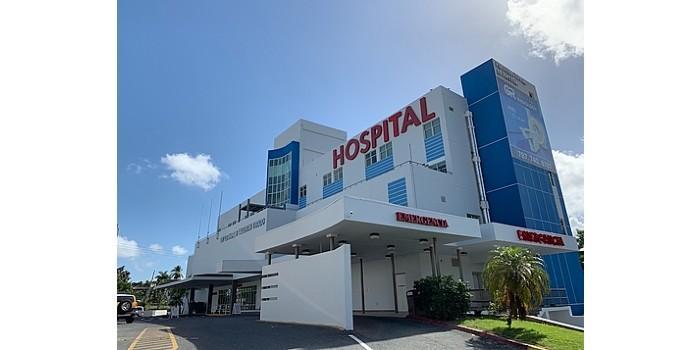 International. A recent study proposes a technique to remove SARS-CoV-2 from cleanroom HVAC systems using heat recovered from exhaust air. The modified system could easily be implemented in the hospital environment, to solve the problem of SARS-CoV-2 droplets leaving HVAC systems and spreading outside hospital buildings.
International. A recent study proposes a technique to remove SARS-CoV-2 from cleanroom HVAC systems using heat recovered from exhaust air. The modified system could easily be implemented in the hospital environment, to solve the problem of SARS-CoV-2 droplets leaving HVAC systems and spreading outside hospital buildings.
The World Health Organization (WHO) recommends that COVID-19 patients be isolated in effectively ventilated negative pressure rooms with a minimum rate of 12 air changes per hour. According to the U.S. Centers for Disease Control and Prevention (CDC), isolation rooms must have a minimum air change rate of 6 per hour or 12 per hour for new construction or renovations, along with the use of HEPA filtration from the incoming air, if recirculated. However, there are no recommended guidelines for other aspects of HVAC systems, such as temperature and relative humidity. [1] However, the spread of the SARS-CoV-2 aerosol depends on the characteristics of the HVAC system configuration and air circuits.
Several studies have concluded that the main criteria for the elimination of the coronavirus are the conditions of higher temperature and lower relative humidity, which seem to reduce the amount of live viruses. Some studies indicate that exposure of SARS-CoV-2 to a temperature of 60°C for 5 minutes reduces viral concentration by more than 99%. [2] Unfortunately, this process is not easy to implement in clinical practice. [1]
In a recent experimentation, researchers hypothesized that in cleanroom HVAC systems, SARS-CoV-2 could be completely eliminated by heating exhaust air before filtration. To solve the problem of SARS-CoV-2 droplets leaving HVAC systems and spreading outside hospital buildings, they propose to design a heat exchanger to heat the air coming out so that the viability of SARS-CoV-2 can be limited. [2]
A common cleanroom HVAC system consists of three main components: an outdoor air inlet and ducts and air outlet controls, an air handling unit, and air distribution systems. An air treatment unit itself is composed of a HEPA filter, a humidifier, a cooling/heating coil, and ultraviolet light emitters.
The clean room HVAC system proposed in studio is easy to install. The only difference between a common cleanroom HVAC system and the proposed system is the application of a longitudinal air-to-air heat exchanger to waste heat recovery from the cooler condenser. With the proposed cleanroom HVAC system continuously operating at its optimum efficiency, the longitudinal air-to-air heat exchanger heats the exhaust air. The longitudinal air-to-air heat exchanger has a long channel for heat transfer and also contains a copper plate to generate effective heat transfer. The heat disinfection process occurs within the longitudinal air-to-air heat exchanger.
The maximum air change rate (ACR) in the designed cleanroom was equal to 23 per hour (520 m3/h). The results of the experimentation show that the system produced exhaust air with a temperature range of 50 ° C to 80 ° C and a relative humidity range of 40% to 50%, conditions under which SAR-CoV-2 was observed to disappear rapidly.
In addition, it should be noted that cleanroom HVAC systems are also a potential source for heat recovery applications. The authors suggest that drier, warmer air can be converted into electrical energy or even used to dry clothes.
Sources:
[1] Saran, S., Gurjar, M., Baronia, A. et al. Heating, ventilation and air conditioning (HVAC) in intensive care unit. Crit Care 24, 194 (2020). https://doi.org/10.1186/s13054-020-02907-5
[2] Rezaei, Naser, et al. "A novel methodology and new concept of SARS-CoV-2 elimination in heating and ventilating air conditioning systems using waste heat recovery." AIP Advances 10, 085308 (2020); https://doi.org/10.1063/5.0021575














